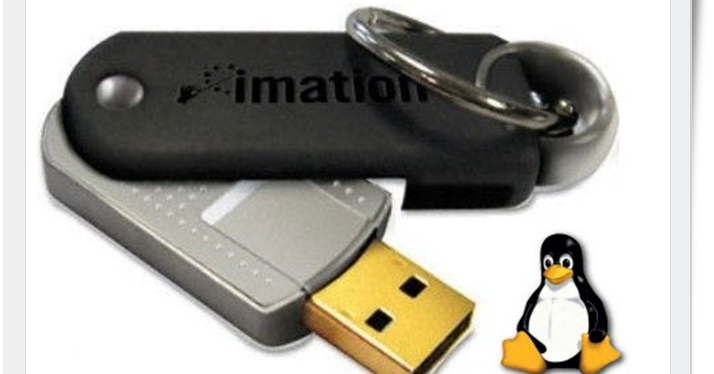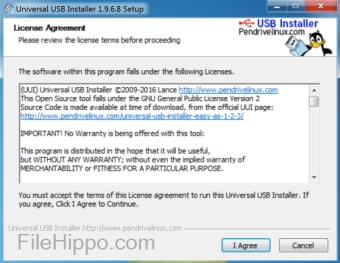

Read the License Agreement and Click I Agree. ( For good measure, you might want to run it as an Administrator, though this shouldn’t be necessary.) Step 3 Navigate to your download folder and run Universal-USB-Installer-1.8.4.5.exe. Step 1ĭownload the Universal USB Installer via.

Now, it’s time to turn your USB drive or flash card into a bootable drive with Linux installed. You’re done! Installing with Universal USB Installer Make sure that you have the right drive selected and confirm. Windows will warn you that it’ll erase all the contents on the drive. Right-click your drive’s icon and choose Format… Here’s how: Step 1Ĭonnect your USB drive or flash card and launch Windows Explorer. To fix this, I just formatted it myself using Windows. When I first tried installing Linux with the Universal USB Installer, I kept getting the error message:Īn error(1) occurred while executing syslinux. The only fussy thing about it is that it’s not always able to format your media for you. The Universal USB Installer is pretty foolproof. Setting Up Ubuntu with Persistence ( optional).Setting Up Your BIOS to Boot Linux from a Live USB.Installing with Universal USB Installer.For your convenience, here’s an outline of what we’ll cover: Most of this is done on auto-pilot, and some of the elements of this you may already know how to do. This is sort of a long tutorial, but there are only a few actionable items. For these tutorials, we’ve been using Ubuntu. A PC with a BIOS that supports booting from USB.A USB flash drive or SD card with at least 2GB capacity.And there will be absolutely no Terminal commands required.

Oh, also, with this version of Ubuntu, all of your hardware should work out of the box-your mouse, your wireless Internet, perhaps even your printer. Now, before you run for the hills after seeing the word “ BIOS,” know that the tweaks are very minor and totally reversible. The downside: you’ll need to use a USB stick or SD card at all times and you’ll need to make some changes to your BIOS setup. But since you won’t be running a machine within a machine, you won’t have as much performance lag. This method has the benefit of being completely separate from your system disk, and is therefore 100% safe, like virtualization. So, with all that being said, here’s a third method for installing Linux: booting from a Live USB. The virtualization route is much safer-I’d even venture to say it’s 100% safe-but you’ll need a fairly mighty computer to run it at anything close to full speed ( forget about virtualizing on your netbook or aging Windows XP PC). But due to some of the complexities of how Wubi integrates into your system disk, there are still some risks to your Windows installation in the event of a crash. Dual-booting is the easiest method, after the initial setup, since it doesn’t require any bootable media. The two methods outlined by Dex definitely have their strengths.


 0 kommentar(er)
0 kommentar(er)
